Since the beginning of its economic reforms nearly 40 years ago, Vietnam has undergone a remarkable transformation, with modern cities, advanced transportation networks, and cutting-edge industrial zones emerging across the country.
Iconic projects and large-scale infrastructure investments reflect the nation’s continuous economic growth and urban expansion.
Ho Chi Minh City, Vietnam’s largest economic hub, has played a central role in this transformation.
After 50 years of development, the city remains a driving force of the southern region’s economy. Landmark 81, the country’s tallest skyscraper at 461.2 meters, dominates the skyline with its 81 floors and a total floor area of 141,200 square meters.
Alongside numerous real estate projects, the city has expanded its road and bridge networks, including the Ba Son Bridge, which connects District 1 with the Thu Thiem urban area in Thu Duc City. This 1,400-meter-long bridge, featuring six lanes and a total investment of 3.1 trillion VND ($126 million USD), has enhanced the city’s urban landscape and transportation efficiency.
In the west of Hanoi, the Keangnam Hanoi Landmark Tower, the second-tallest building in Vietnam, is part of a booming real estate sector that has reshaped the capital’s skyline.
The area surrounding the Thang Long Boulevard - Ring Road 3 interchange has become a hub of modern infrastructure, featuring the National Convention Center and a range of high-profile developments.
Meanwhile, the Nhat Tan Bridge, inaugurated in 2015, serves as a crucial connection between Noi Bai International Airport and downtown Hanoi, forming part of the city’s growing expressway network.
Vietnam’s metro systems have also seen significant progress. In addition to the Cat Linh - Ha Dong elevated railway, Hanoi launched the first phase of the Nhon - Hanoi Station metro line in August 2024, operating from Nhon to Cau Giay.
As part of its long-term plan, Hanoi aims to construct 14 urban railway lines by 2050, with an estimated total investment of $14.6 billion. By 2030, the city targets 96.8 kilometers of completed metro lines, with preparations underway for an additional 301 kilometers.
Quang Ninh Province has emerged as a leader in infrastructure megaprojects, including an interconnected expressway system spanning nearly 170 kilometers. These highways, which cost over 38 trillion VND ($1.54 billion), connect Bach Dang Bridge to Mong Cai, significantly improving trade and tourism along the country’s northeastern corridor.
The province’s Quang Ninh Planning, Fair, and Exhibition Center, located along Ha Long Bay, adds a striking modern touch to the region’s urban landscape, with a total construction cost of 1.15 trillion VND ($46 million).
In Da Nang, the Dragon Bridge has become an architectural and cultural landmark, spanning the Han River and connecting Da Nang International Airport to coastal tourism zones. Designed to resemble a dragon, the bridge is a major highlight of the city’s rapid urban development.
Vietnam has also invested heavily in renewable energy projects, particularly wind power, with 106 wind farms nationwide. By October 2021, these projects had attracted $6 billion in investment, with a total capacity of 5,655 MW. The average investment cost for 1 MW of wind power is approximately $2 million.
Industrial zones have also played a vital role in Vietnam’s economic modernization. The Nghi Son Economic Zone, established in 2006, spans 106,000 hectares, including 66,497 hectares of land and islands, and 39,502 hectares of water surface. Located in southern Thanh Hoa Province, it is one of Vietnam’s eight key coastal economic zones, supporting diverse industries from petrochemicals to logistics.
Vietnam’s transformation over the past 40 years is reflected in its evolving urban landscape, modern infrastructure, and ambitious development projects.
These achievements underscore the country’s rapid progress and its commitment to sustainable growth and modernization.
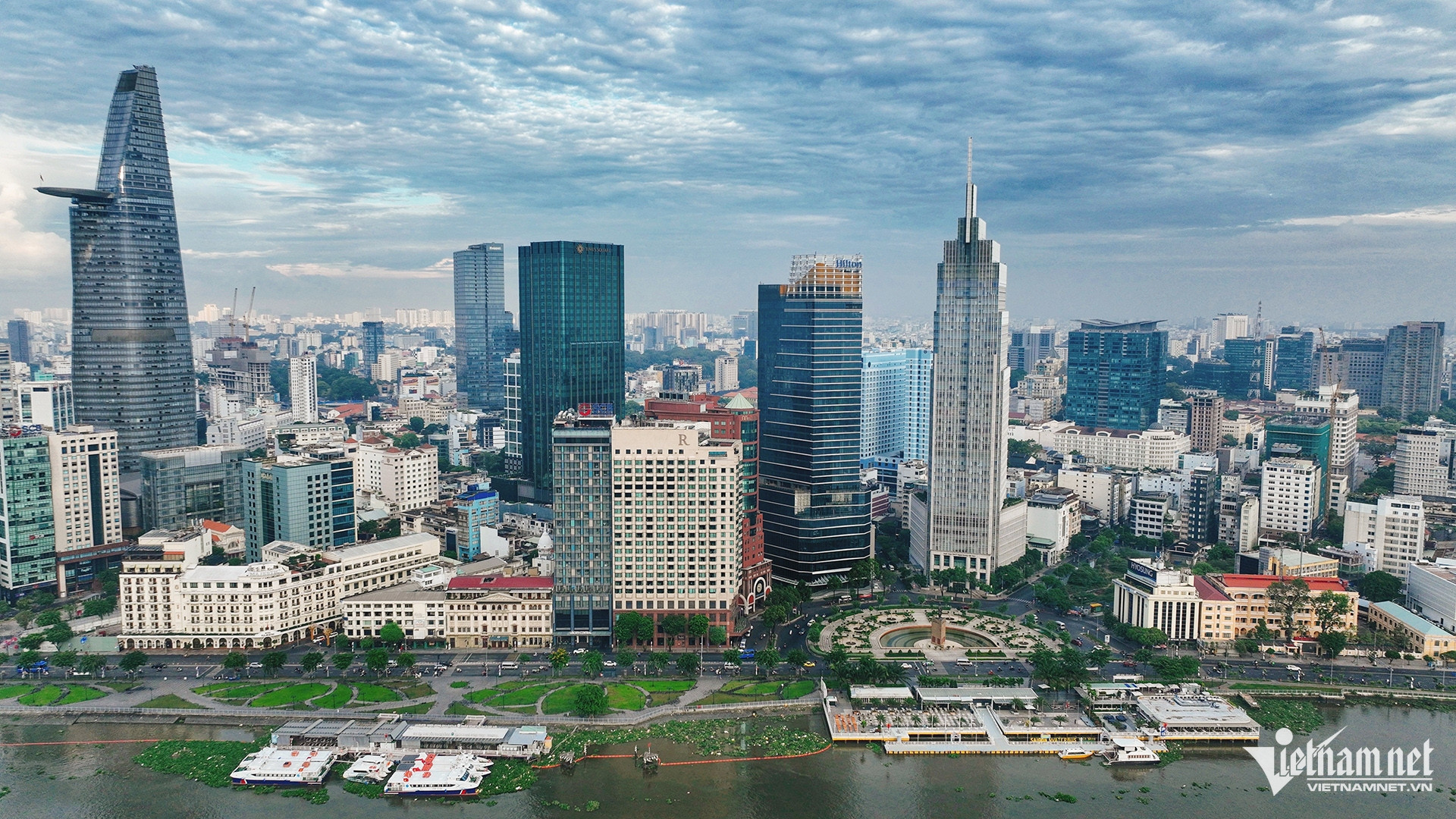

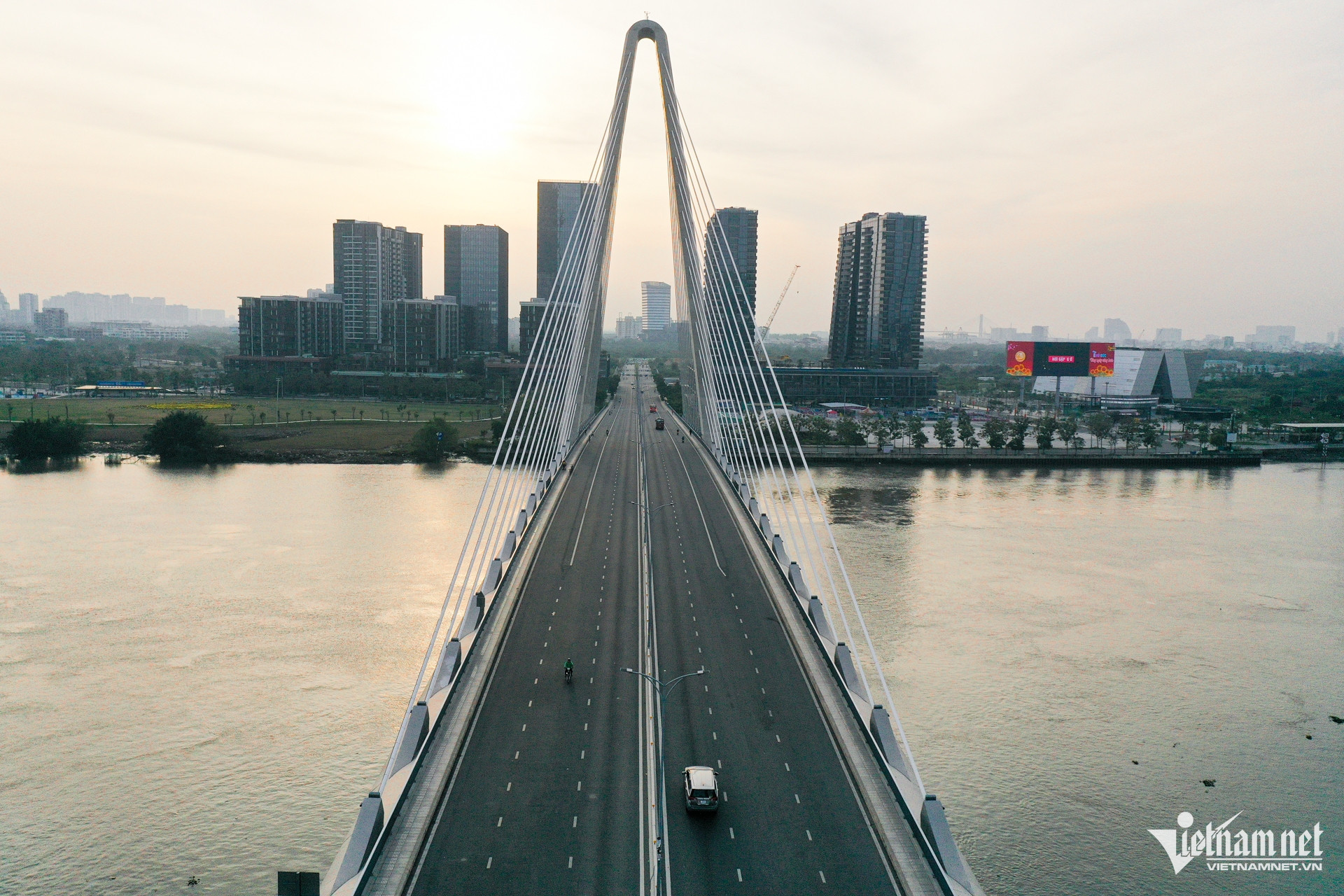
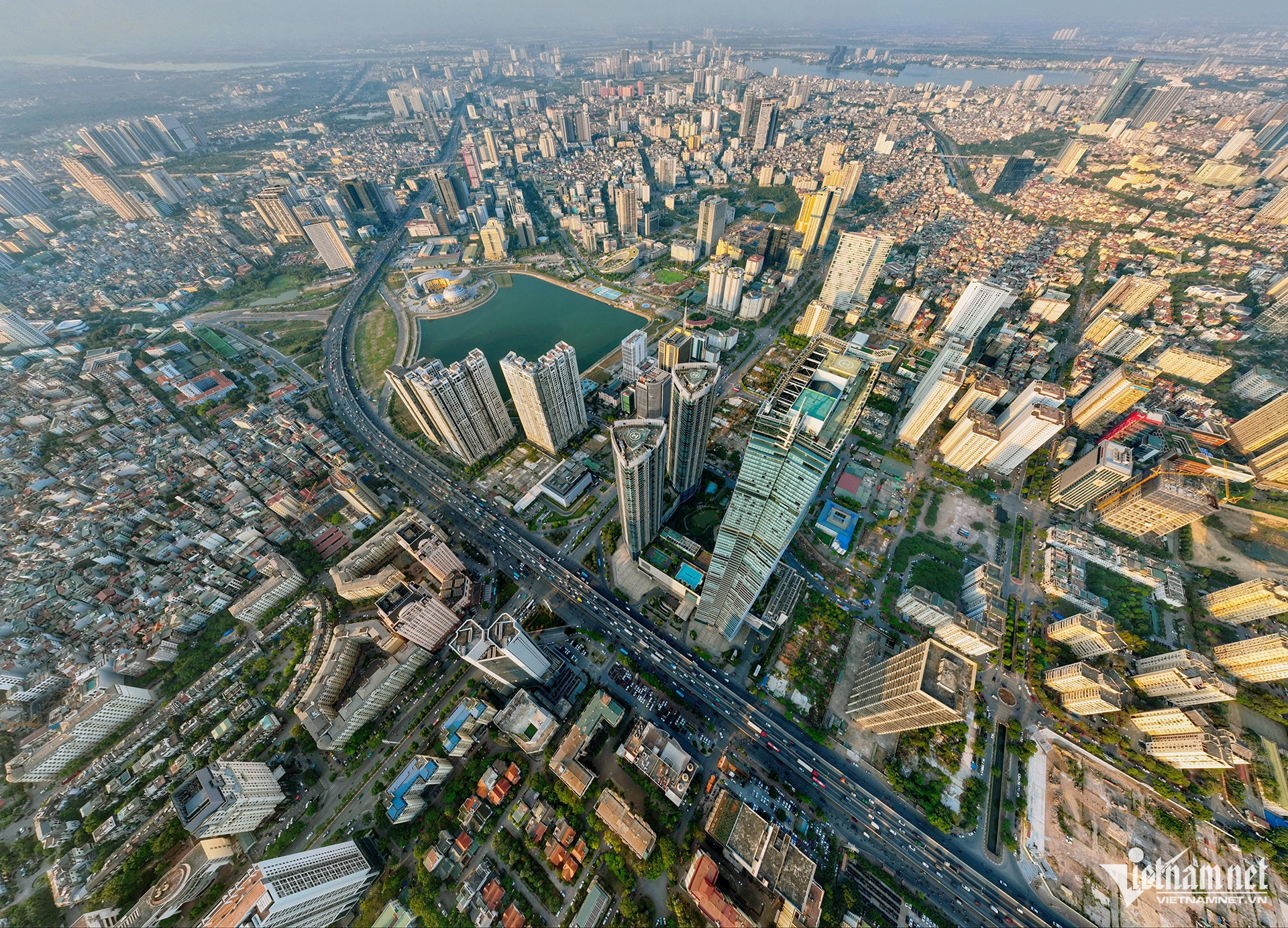
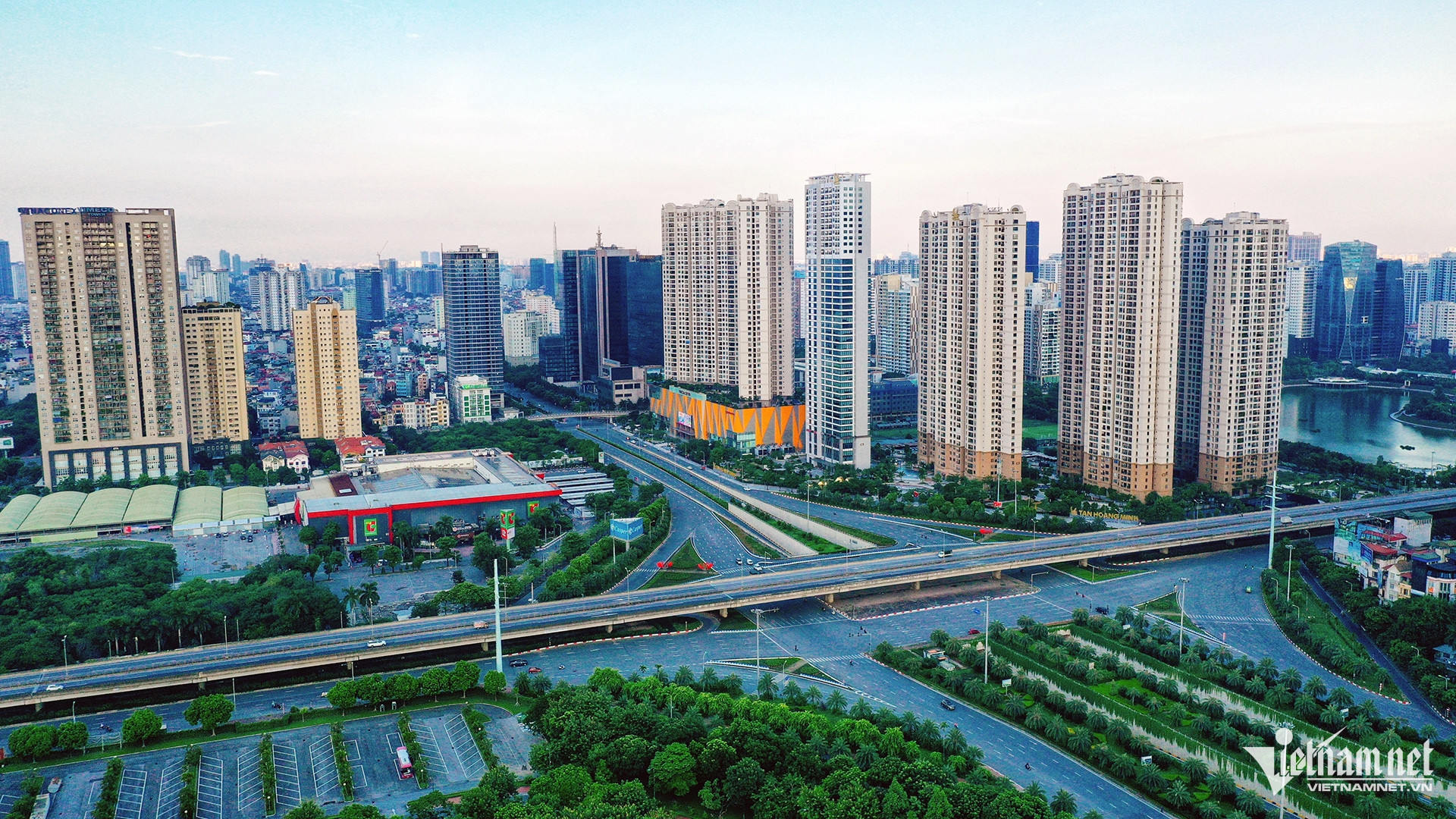
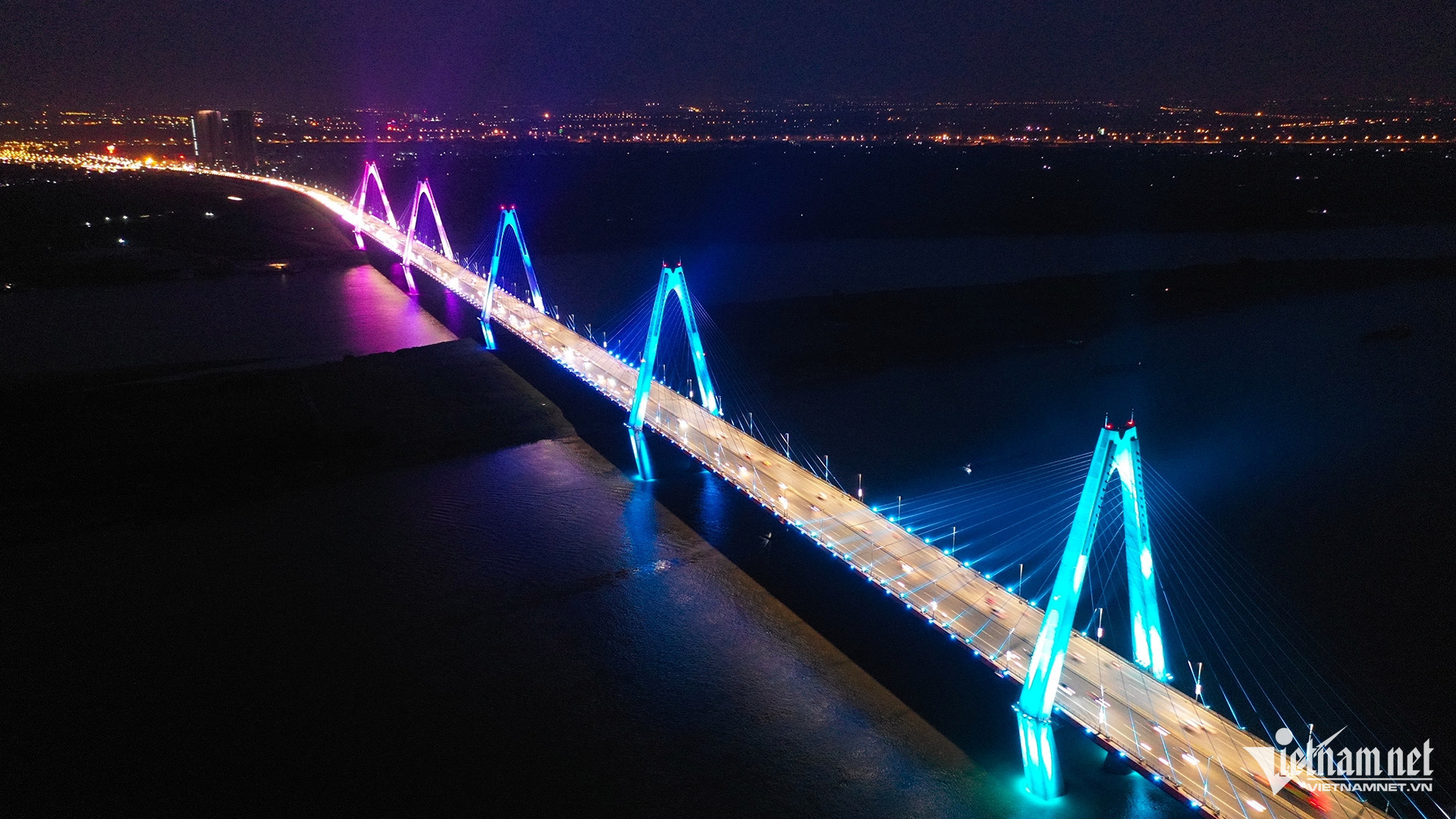
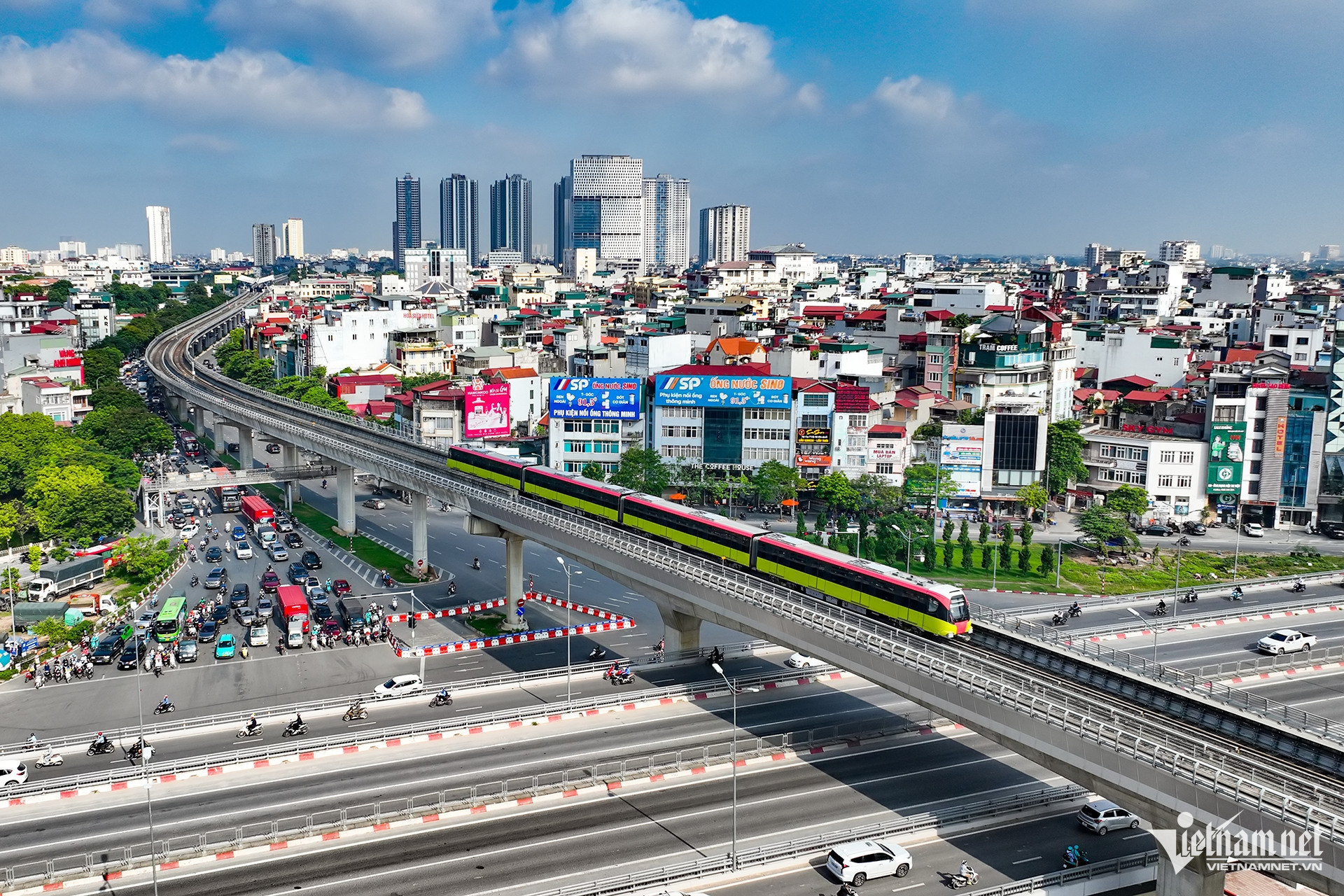

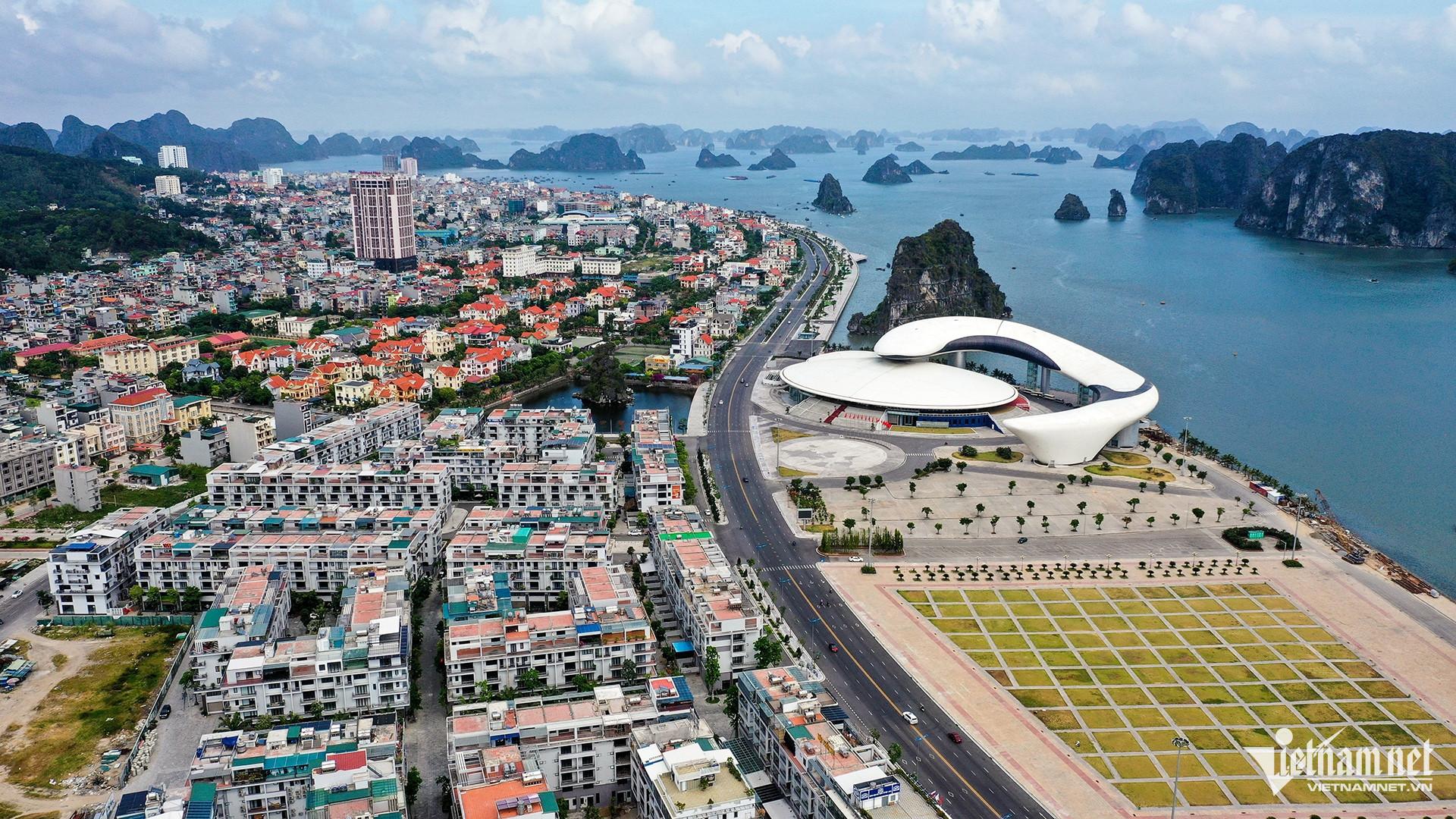
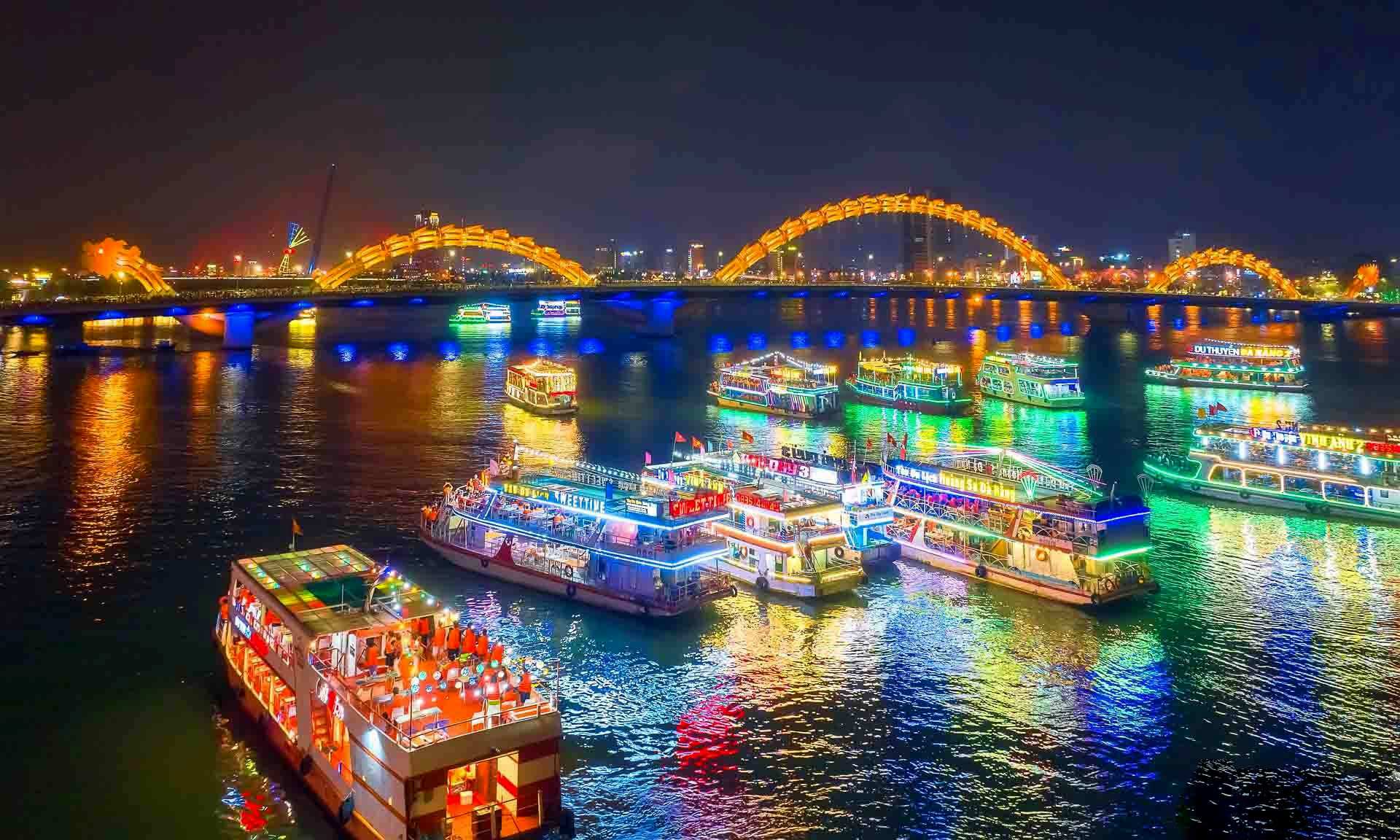
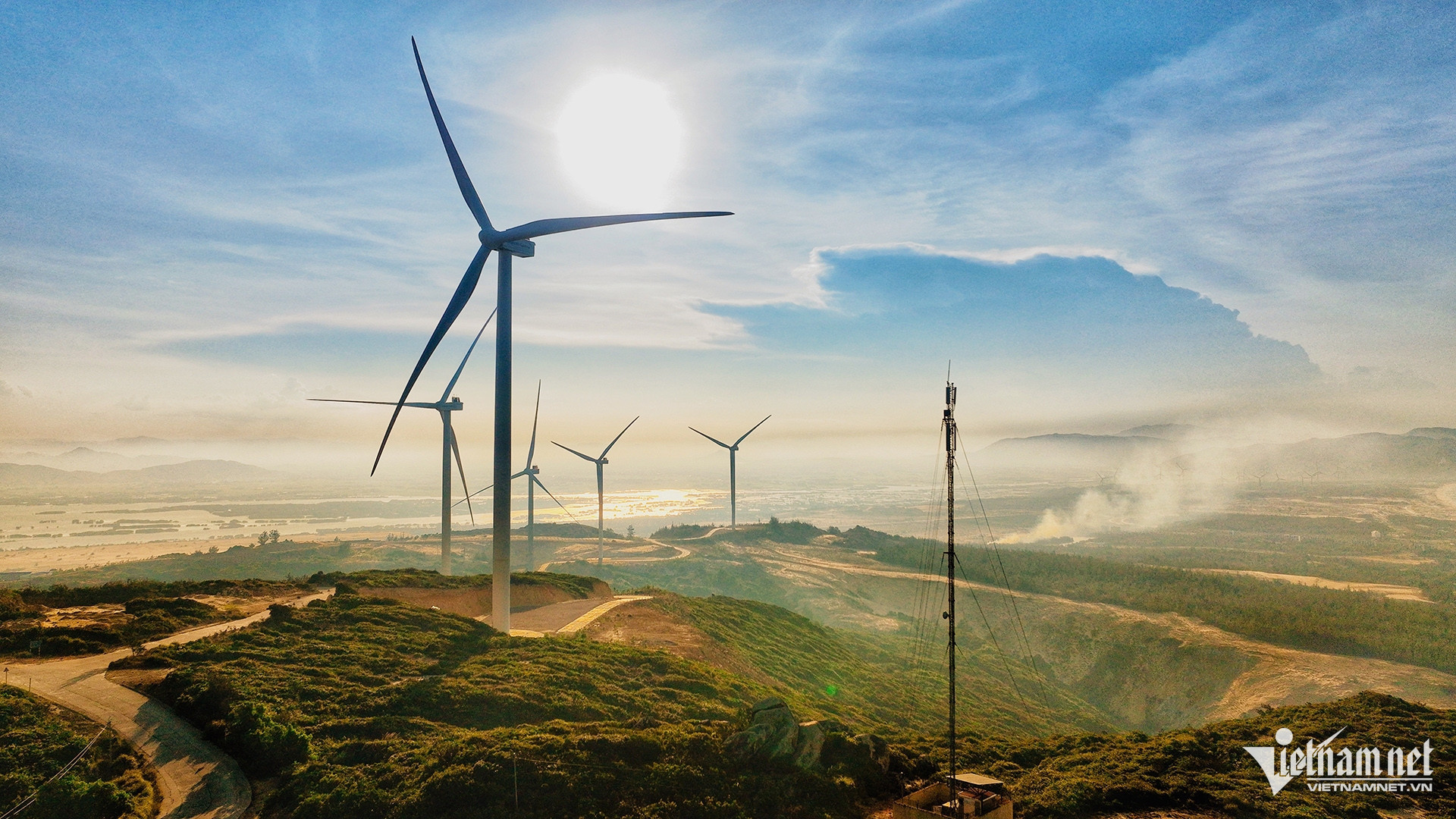
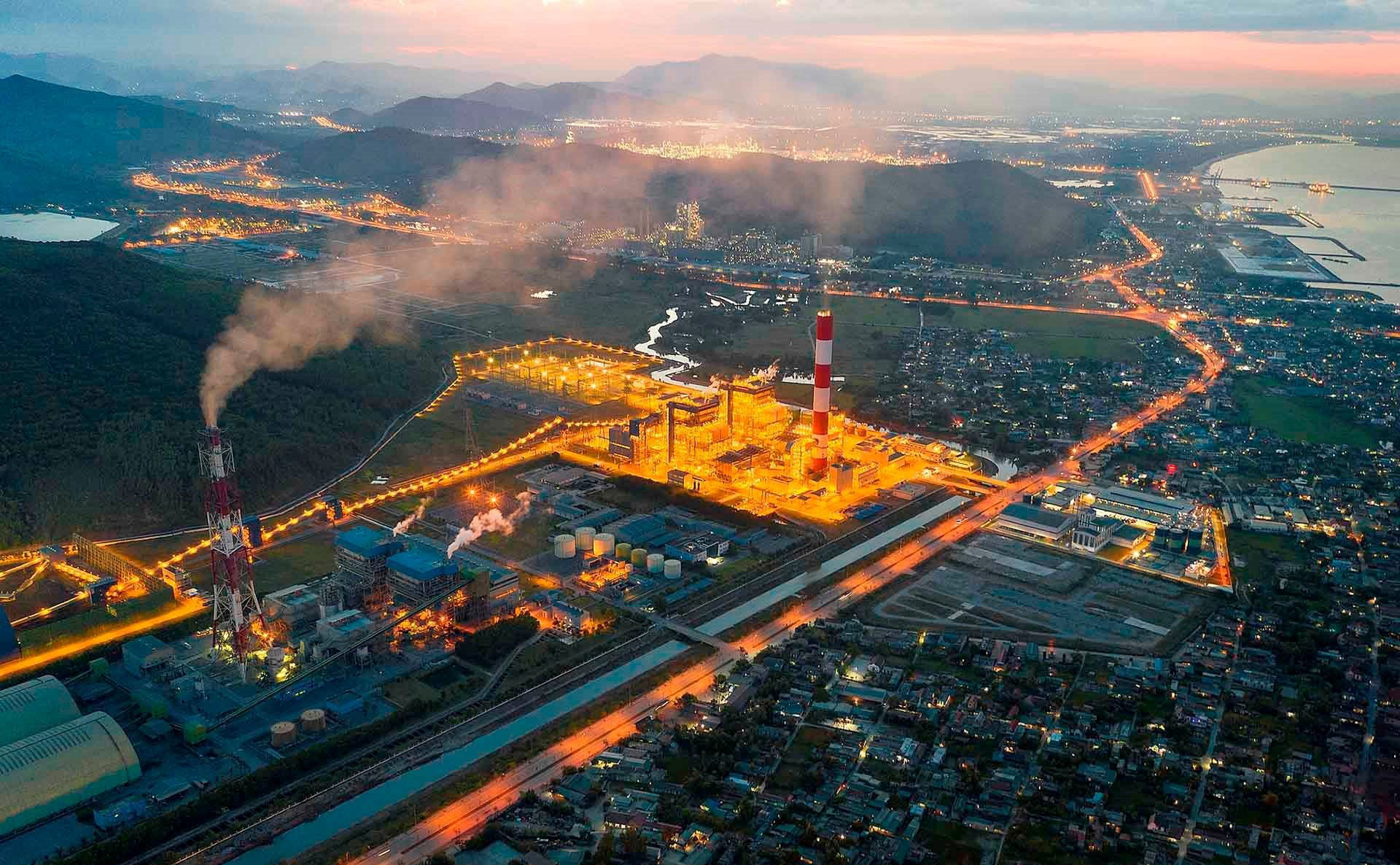
Hoang Ha